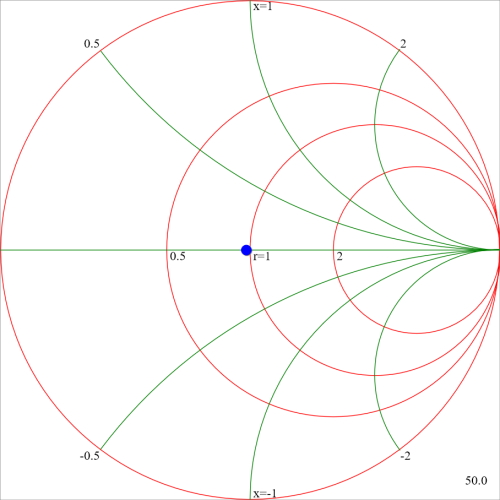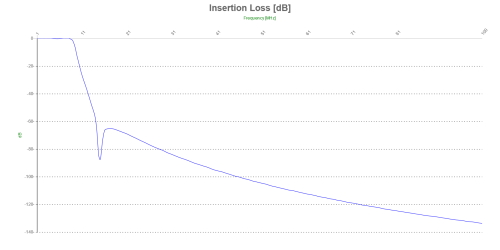A Complete Do-It-Yourself Kit .
[see this excellent spreadsheet provided by Tim M0CZP]
Although by their very nature, QRP transmitters radiate less power, the output from such a transmitter does require adequate filtering. Usually to keep the circuit compact, these transmitters have a final stage run in Class C and being driven hard with RF power. Of itself, this is a recipe for high harmonic output and a well designed low pass filter is essential. For many years I have used low pass filters calculated from a series of figures produced by Ed Wetherhold, W3NQN, (a G QRP Club member) and published in two articles in the UK Short Wave Magazine in December 1983 and January 1984.
Ed Wetherhold has been the ARRL adviser on passive filters for several years and published many fine articles on audio and radio frequency passive filtering. I believe that the two articles in Short Wave Magazine still represent the best source of information for the design of good low pass filters for RF amplifiers.
The articles are comprehensive but here I just want to share enough of the information to enable readers to build useful filters to add to their home made transmitters. There is very little mathematics - about 4 pushes of a calculator is the most required to produce information for a buildable filter. I will also give a chart for “off the shelf” low pass filters, which can handle up to 10 watts or RF power, suitable for every HF amateur band.
Here is the datasheet in PDF format.
More recently, Tony G4WIF has tested these filters using the free online QuickSmith website. You can reload the data files from those tests back into QuickSmith to see for yourself effective these filters are. You can then alter the component values to see what effect they have on performance.
By default, QuickSmith will set the simulation frequency to whole numbers of MHz. So when you load the 80m datafile (for instance) you will need to reset the frequency to 3.5MHz for the test to make sense. The datafiles can be downloaded from here for you to experiment with QuickSmith. They are in a ZIP archive.
As an example, here are some screenshots from the 40m low pass filter simulation.

